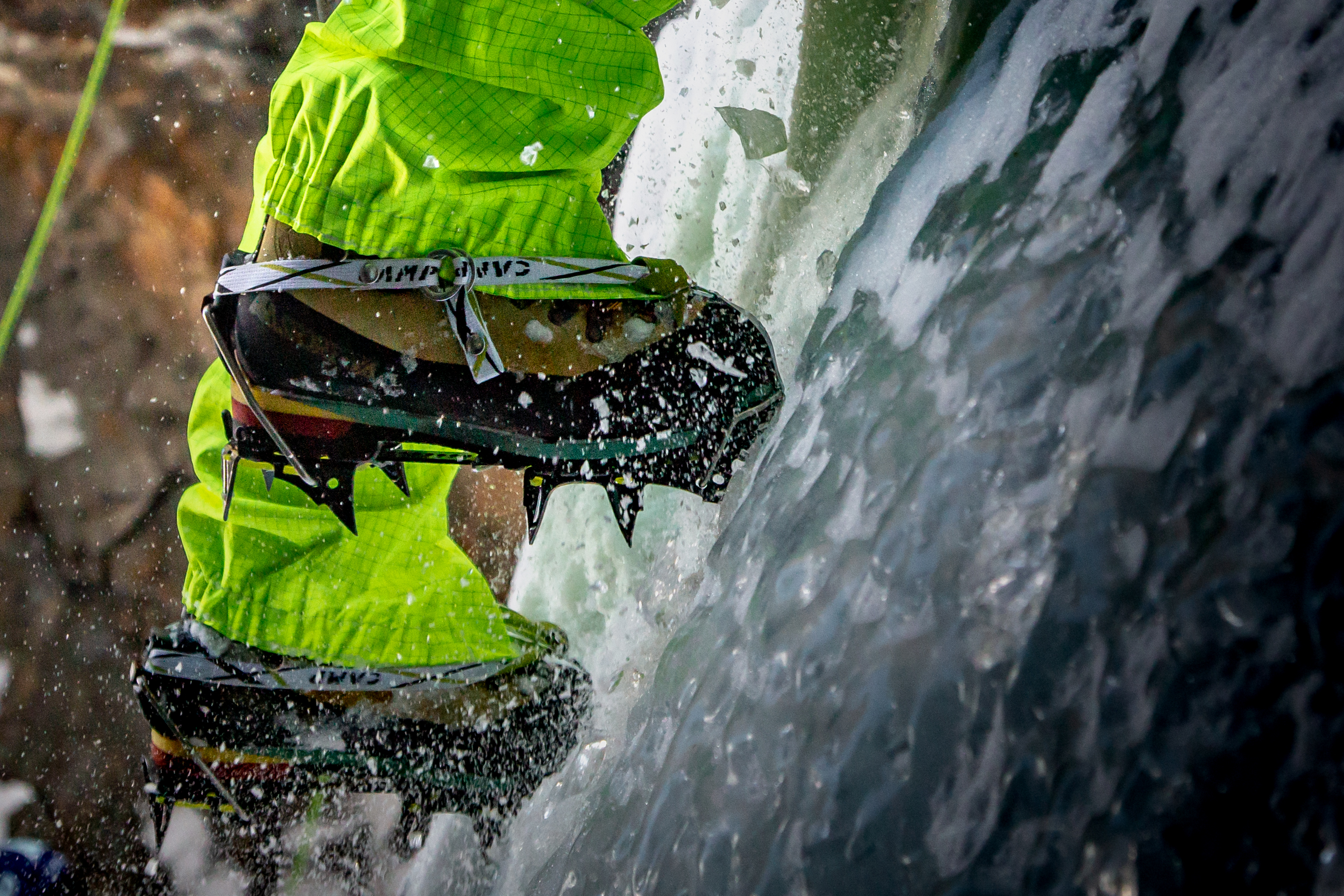The Dark Side of Adventure Travel
When we forget accountability in the pursuit of “authenticity”.

In a reverse Thanksgiving tale, last week’s headlines include an American “missionary” killed by isolated islanders when he illegally accessed their lands to convert them to Christianity.
On November 15th, John Allen Chau trespassed on North Sentinel Island. Indian law prohibits individuals from going within 5 nautical miles of the island. This simultaneously protects the island’s inhabitants from nonnative viruses and preserves their culture. In addition, these restrictions protect outsiders, who have historically been met with hostility.
We’re often taught that it’s easier to ask forgiveness than it is to get permission. Good words to live by, but not in this case.
This was a case of blatantly disregarding international law and disrespecting an indigenous culture.
News outlets have alternatively cast Chau as victim or guilty party. But if we can momentarily set aside the religious aspect of Chau’s story, a very familiar pattern emerges. As CNN describes him, “Chau was a world traveler who was also a staunch Christian.”
Chau is the quintessential young do-gooder who goes abroad looking for adventure and crosses the line with the law and the locals.
Specifically, Chau is young traveler looking for a special, off-the-beaten-path, authentic experience.
• • •
Authenticity sells, now more than ever.
Rather than just wanting to take home just any experience, tourists are looking for more. They want that off-the-beaten-path adventure. A quick internet search returns articles such as this one by the Lonely Planet or this piece by National Geographic filled with buzzwords like “off-the-beaten-path,” “avoid overtourism,” “hidden gems,” and “beat the crowds”.
I fully understand the appeal.
We want to be travelers, adventurers even. Not just tourists who swoop in, snap a few photos, and head back home.
When I travel, I’m always looking for something more. I want to feel like I have a finger on the pulse of the place I’m visiting. I want to know the experience is real.
On my first big solo trip to Siem Reap in 2014, I made sure to visit the temples in backwards order — just to avoid the crowds watching the hazy, overrated sunrise at Angkor Wat. As I planned my first trip to Nepal, I started by researching the popular treks before discarding my lists and picking the “more remote” and “less frequented” Manaslu Circuit. And most recently, I beelined toward the “off-the-beaten-path” version of the Camino de Santiago leading from Oviedo to Santiago.
There’s a thrill of trying to get closer to that pure, unadulterated experience. It’s the same call that makes me want to rock climb and hike to remote areas.
But in chasing the feeling of being in the moment to affirm the “realness” of the experience, it’s easy to conflate a full immersion with “authenticity”.
And as tourists search for “the authentic experience” to take home and share, this inevitably leads to the “Disneyification” of cultural experiences — manufactured cultural experiences which exist for the sole purpose of tourism.
• • •
“He just greeted me like a tourist.”
My friend and Nepali trekking guide, Lama Sanu, chuckled as we continued walking on the Annapurna Circuit trekking trail.
I paused, confused. There had been nothing unusual about the greetings. The Nepali villager had called out “Namaste” from his yard, and I’d put my palms together and responded with a cheerful “Namaste!” in return.
It was my second trek in Nepal, and I knew how this worked: when you met someone on the trail, you greeted them. “Namaste” for the Nepali and maybe “Hi” for other tourists. Namaste was just a greeting.
Later that evening, I asked Lama what he’d meant. Namaste is a very polite and respectful greeting, he said. The Nepali people use it to greet foreign guests as a sign of respect and to welcome them to their homeland.
“When we Nepali greet each other, we usually say Sanchai chha? (How are you?) or K chha khabar? (What’s up?),” he said. But, he supposes, he’s also a tourist here: his hometown is near Kathmandu, far from the Annapurna Circuit trail.
In other words, this cultural phenomenon which is so widely experienced by tourists throughout Nepal is, at least in part, manufactured. Even so, it’s a fairly benign one: Namaste is a respectful greeting and a gesture of inclusivity towards guests. It’s also easily the most-remembered phrase from a trip through the Himalayas — shorthand for everything from the soaring mountains to the inner beauty of the Nepali people.
Yet even this innocuous expression can open the door to something more sinister. As Professor Rumya Putcha writes, namaste comes to stand in for so much more than a respectful greeting. Much like other manufactured cultural experiences, namaste enforces cliches and stereotypes once it enters the realm of trending pop culture.
So, what exactly is “real”?
• • •
Sometimes, the fakes are easier to spot.
Elsewhere in the Himalayas, Lugu Lake in China is home to the Mosuo people. A remote and traditionally matrilineal society, the Mosuo have gone from not having daytime electricity in the early 2000s to hosting more than 1.1 million tourists in 2017 alone.
Along the lake, Mosuo women dress in a caricature of traditional dress, “gypsy skirts, cropped jackets and elaborate headdresses,” and dance around a fire with tourists. In the area’s main tourist village, a red light district houses non-Mosuo prostitutes in traditional Mosuo costume.
Village heads are aware these caricatures of tradition are changing the Mosuo way of life. Yet with an estimated 80% of the Mosuo families involved in the tourism business, annual household incomes have rocketed and provide a better standard of living. In addition, tourist interest in the Lugu area have propelled the construction of infrastructure to connect remote regions and provide more needed benefits, such as education and healthcare.
Down at the various lakeside entertainments, tourists seem happy to accept this version of “tradition”.
• • •
Is your “authentic” experience tradition or tourism? And, does it matter?

A simple test for whether that ritual or festival you’re witnessing is actual tradition is to ask if it would exist without the presence of tourists. If, as in the Rato Machhindranath festival I photographed above, the participants would carry on regardless of tourists, then chances are good you’re witnessing a cultural tradition.
But does it matter?
While manufactured cultural experiences are essentially performances which erode traditions and feed into stereotypes, the pursuit of authenticity has its darker side effects — especially when it involves the preservation of tradition for the purposes of tourism.
As Zander Nethercutt writes, “We appear to have reached a point where authenticity has become so marketable that the delay between a trait existing authentically and being identified and reclaimed by the markets is so small that it may as well not exist.”
Authenticity, as far as tourism and adventure travel are concerned, refers to frozen traditions unchanged by outsiders and untouched by time.
Progress is not on the docket.
In this case, preserving the very cultural experiences which attract tourists — from rituals to the landscape itself — stands in direct opposition to improving infrastructure and the general standard of living.
• • •
The roads wind farther than ever into the Himalayan foothills.
And this isn’t necessarily a good thing for tourists.
As we watched the sun bleed pink at the end of a long day walking on the Manaslu Circuit, my trekking companion sighed with relief. We’d only been walking for one day, but we’d already left the last of the Jeeps behind. It used to be like this on the Annapurna Circuit — the older, better-known, and more well-trodden big sister of the Manaslu Circuit.
Huy had walked in Nepal four times. The Annapurna Circuit remains his favorite, but each time he walks, the road extends farther in. The dust from the Jeep and the road itself take away from the mountains, he said.
It’s not just the nature, though. Better roads mean more tourists who try to squeeze the trek into a tiny vacation window by taking Jeeps deeper into the Annapurna Conservation Area. Part of the trekking process is the isolation, he said. The roads make it a more common, less original, less off-the-beaten-path experience. It kills the authenticity: anyone can have this experience now.
Talking to Karma in Kathmandu, though, I got a different perspective.
Karma’s hometown is Manang, the farthest point the Jeep roads go in the Annapurna Circuit. He’s proud this has put his town on the map as an important point to refuel and collect much-needed goods.
It also makes visits home much easier. Instead of walking for days, he can take a bus to Besisahar and take a Jeep or motorcycle the rest of the way.
More importantly, China has been investing in hydroelectric projects in the region, he said. The dams will need workers and supplies, and transportation of manpower and goods require roads. In return, these hydroelectric projects provide a steadier, much-needed power source for Nepal.
So what’s the solution?
In a bid to preserve tourism and clear the path for development, the Annapurna Conservation Area Project (ACAP) authorities created the New Annapurna Trekking Trails (NATT). The sole purpose of these new trails is to minimize contact with the road for the sake of tourism.

• • •
How can we be accountable as tourists?
It’s not always possible to develop a new trail around existing roads to compromise between development and tourism.
In fact, even with the NATT in place, travelers seeking that extra dose of authenticity are heading to the Manaslu Circuit — often billed as “more remote” and “what the Annapurna Circuit was fifty years ago”. It’s only time before the roads make headway into the Manaslu Conservation Area and the crowds are bumped off to a new target once more.
Instead of a black-and-white distinction between tradition and tourism, maybe there is a middle ground.
We travel to experience new cultures. The pursuit of authenticity really is just that: trying to get to the bottom of these new cultures we encounter. Rather than seeking out the cultural experiences which have been preserved for tourists, why not experience “modern culture” as it comes?
As Zat Rana writes, “The point of all this has nothing to do with finding yourself. It’s about what you, as a temporary traveler, can do to lose what you don’t need.”
Maybe the new roads leading into the Himalayan foothills make it harder to unplug from the rest of your life. But, I got news for you: someone else’s home is not your playground to run away from your life.
Instead of checking an item off your bucket list, just walk through town and get a sense of the living breathing culture. Simply let go of your preconceptions and try to put your finger on the pulse of the city, village, area you’re visiting. Accept what you see and let that be your guide to authenticity.
All you truly need is to find your authenticity.
When people from different cultures come into contact, change is inevitable. But instead of possibly triggering an epidemic or destroying a fragile ecosystem, we can be accountable for our inevitable impact as tourists.
We can be better guests in a stranger’s home.

Also published on Medium.com.


